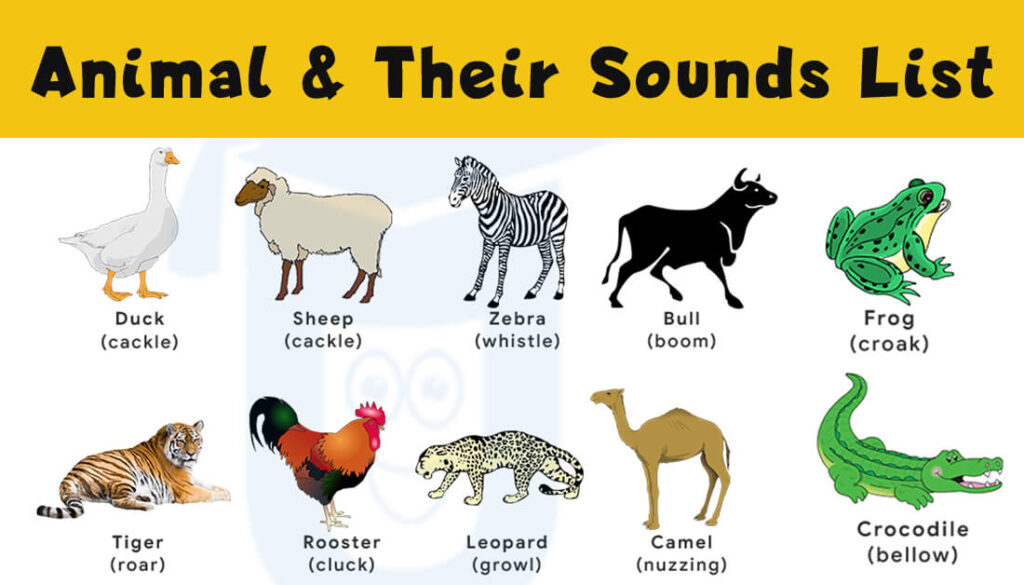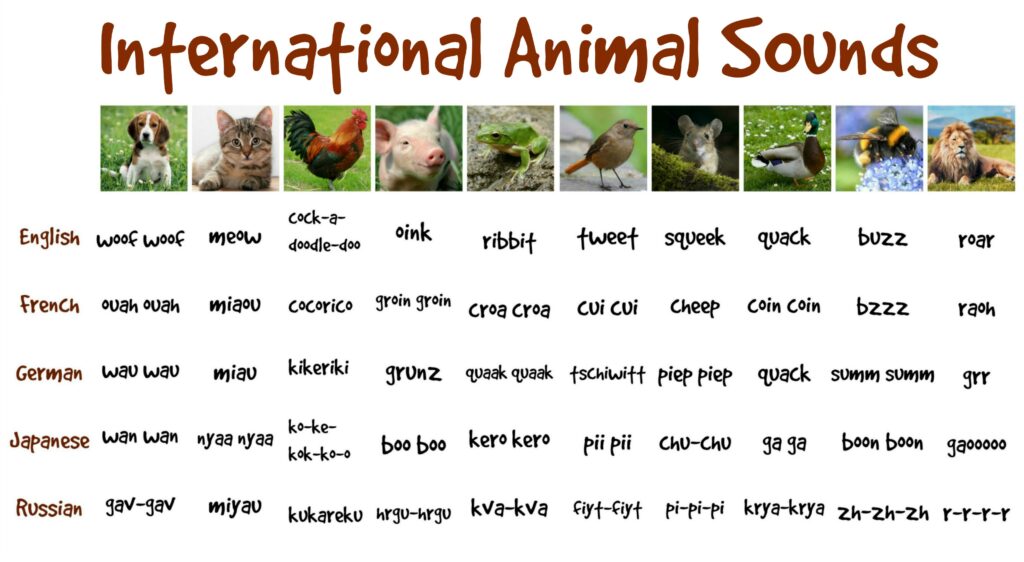Recording Sounds From Natural Animals
Recording natural animals in their natural habitat using a small microphone and a home recording studio allows one to obtain natural animal sounds in a natural format. In comparison to synthetic recordings, natural recordings tend to have a warmer timbre and a wider range of frequencies. A comparison of spectrum data from an unprocessed natural recording (produced using an internal microphone on a computer) and a processed recording using the Adobe Audition software reveals that the spectrum of the unprocessed recording has warmer, richer tones whereas the spectrum of the processed recording has more shadowing and sibilance.

Recording natural animals in their natural habitat provide an insight into the sounds that they make. For example, did you know that a cat’s meow contains more than one tone? One of the most important features of the human ear is our ability to distinguish between single and multiple tones. This is because of our large cochlea. We can distinguish all three types of sound produced in our bodies – over-lapping tones, high-pitched or middle-frequency sounds, and lower-frequency sounds.
The ability to analyze this auditory spectrum in a useful way is called spectrum analysis. Spectrum analysis was developed in the 1950s with the development of electronic computers and other technologies which facilitate the analysis and measurement of the waveform. There are many software programs that can be used to conduct spectrum analysis using simple analog or digital signal processing methods. Some of the popular applications of spectrum analysis are the Digital Multichannel Analysis (DMA) and the Color Analyzer.

Another benefit of recording studio monitors is their use in noise control. Noise is a function of voltage, current and acoustic properties and is measured in wattage (Watts). The quality and quantity of noise vary with different sources and are dependent on factors such as room acoustics, ambient noise, and frequency response. The noise generated in a recording studio can be undesirable. However, in some cases, it may be necessary to create background noise to mask the high-quality noise generated by an instrument or vocalist. It may also be required to generate a bit of sparkle to add some interest to the recording.
Many recording studio monitors also feature a metronome which is used to measure the length of the playback time of each instrument. The metronome has a knob that can be controlled by the user to vary the attack/release time of each drum hit. The same type of metronome can also be used to vary the attack/release time for keyboards and vocals. A useful tool for live drumming is the electronic metronome which can be programmed in advance to play automatically at a specific time. The most common metronome used in live performance is the one that contains a wheel that rotates at various speeds and can be set for specific lengths of playback.

As natural animals produce sound through vibrations in their bodies and not through the use of a medium such as a drum or a keyboard there are no audible clicks or echoes when these sounds are recorded. This is another benefit of recording natural sounds rather than synthetic ones. In order to record a natural sound, the professional must have access to a variety of natural sources. This could include the natural environment such as water falling onto a waterfall, or the ground such as when a bird lands on it. Other recording techniques could include the use of a microphone to pick up the sound from a distant location, or the use of an audio mixer to mix the source sound with a sound source located nearby.



